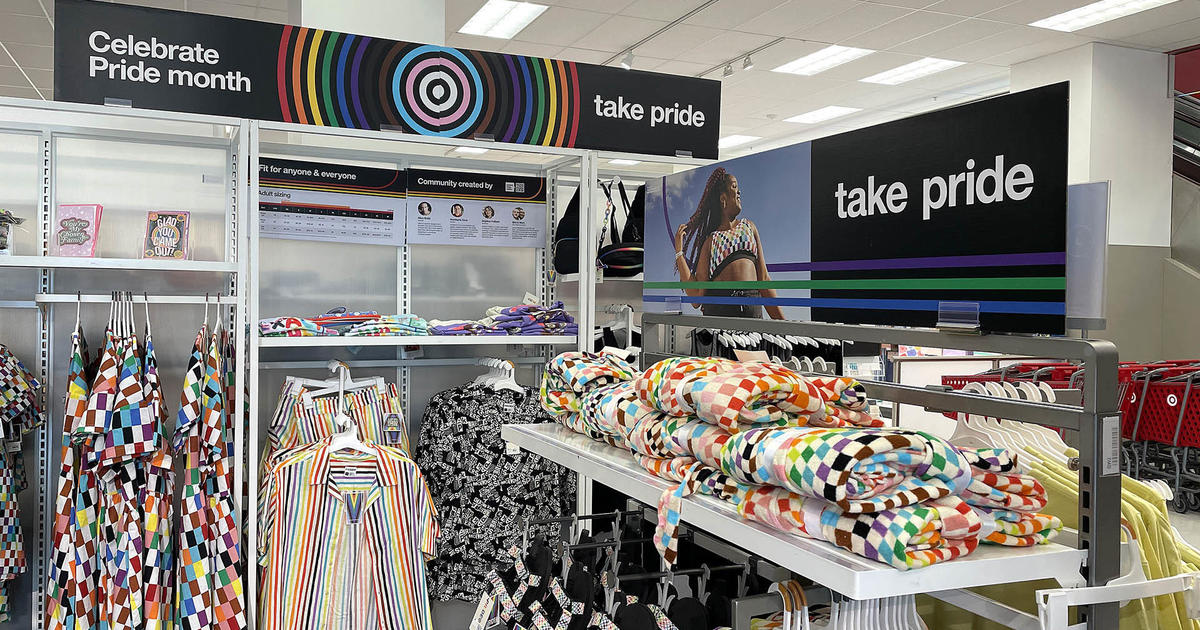America's employment problem isn't in manufacturing
President Donald Trump has vowed to bring back manufacturing jobs to the U.S., but there's another major industry that's not only already larger but creating more economic problems for its workers: retail.
The U.S. continues to shift into a service-based economy, and nowhere is that more evident than in the growing ranks of retail workers. About 10 percent of Americans are employed in the sector, outpacing the 8 percent of workers in manufacturing.
The retail workforce is surprisingly educated -- about one in five retail workers has a college degree -- but the work is typically low-paid and offers little chance for advancement, according to a new survey of more than 1,000 retail workers by the Fair Workweek Initiative, a left-leaning advocacy group. Only 8 percent of retail employees have what would be considered a "good" job, or one that pays at least $15 an hour and includes benefits such as health care, paid leave and full-time work.
"America is a service economy today, and when you think about what it takes to transform the service economy into good American jobs, it's not the solutions that [President] Trump and those currently in control in Congress are interested in," said Carrie Gleason, the director of the Fair Workweek Initiative.
She added, "We're never going to lift people out of poverty if we don't do what it takes to improve the quality of these jobs. Companies have moved to this disposable workforce model."
Employers often demand their workers be available to pick up any shift or take any hours, a stress that can wear on employees. That was experienced by former Walmart employee Kingia Phillips, who said she asked for more stable hours after the birth of her son. Instead, her boss cut her schedule by 75 percent to 8 hours a week, which she said wasn't enough to support her family.
"It was all over the place," she said. "It would make it a whole lot easier if I could have a set schedule."
Phillips, who said she's now looking for a more predictable job, like working in a mailroom, said she received a few raises during her four years at Walmart, but that they didn't make much of an impact on her quality of life. Her two-week pay rose to about $450 from $400 over the four years, and she said she felt like she was treading water.
That's similar to what the survey found, with many retail workers saying their jobs might offer lateral moves, yet no clear career path. One reason for a lack of mobility is that retail has added a whole new entry-level rung: part-time work.
"Starting off part time is part of how you get your foot in the door," Gleason said. "Half of those we surveyed were still part time. The quality of the part-time work is really bad, with those workers making 68 cents to the dollar of full-time workers."
Even though the retail industry is in turmoil, with more than a dozen retailers filing for bankruptcy this year, the sector is in no danger of disappearing. In fact, employment is set to grow through 2026, according to the Bureau of Labor Statistics, which projects 16.2 million Americans will work in the sector within eight years, compared with 15.8 million now.
Manufacturing, however, will shed about 700,000 jobs by 2026, dipping to 11.6 million workers in 2026, the BLS projects.
In Gleason's view, manufacturing work represents "jobs of the past, not the future," with the growing ranks of low-paid retail workers a call for policy changes that will improve pay and working conditions.
Many retail workers report lives of financial instability and reliance on government aid programs like food stamps and welfare to make ends meet. About 45 percent of retail workers in the survey reported receiving one type of government benefit in the last 12 months.
"It's not these people who are relying on public benefits; it's the companies that are relying on public benefits," Gleason said.
That's a calculation made by other labor researchers, with a 2015 study from the University of California Berkeley Labor center finding that low-wage employers are relying on $153 billion in annual assistance from state and federal governments. Because their workers are paid so little, the employees turn to government aid programs to keep them from dire poverty.
It doesn't have to be that way, say some labor researchers. Walmart, for instance, "comports itself quite differently in different institutional environments," such operating stores in Mexico and Argentina with union contracts, according to Françoise Carré and Chris Tilly in "Where Bad Jobs Are Better," a new book from the Russell Sage Foundation.
"Outside the United States, Walmart is neither uniformly a low-price seller nor uniformly a low-wage retailer, and in many countries it plays ball with labor unions, contrary to its zero-tolerance stance toward U.S. unions," Carré and Tilly wrote.
Their findings suggest that the disparities in retail work in the U.S. compared with Europe, for instance, are due to social norms and regulation. In other words, retail jobs in American don't have to be bad. Boosting pay, ensuring regular scheduling -- rather than the "just-in-time" schedules that can wreak havoc on retail workers' lives -- and discouraging the over reliance on part-time work can help make American retail a better employment sector than it is today, the authors note.
"The retail sector needs to do a lot to improve the quality of jobs and improve their practices that give people the stability they need, and also to get ahead," Gleason said.
Right now, she added, "the workforce is riding this roller coaster and trying to survive and make ends meet."



